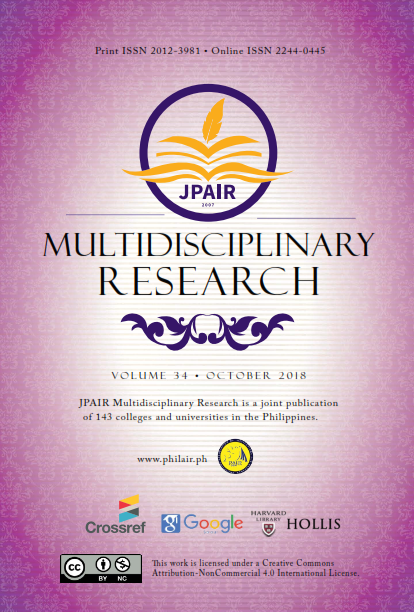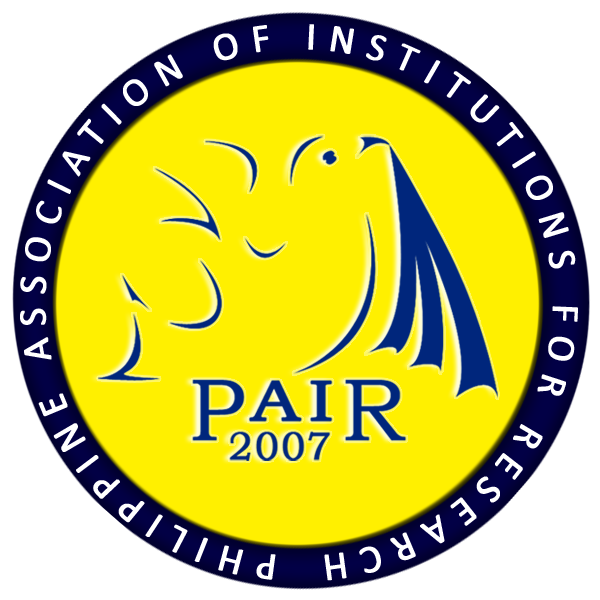Status of the Cultural Heritage Sites and Structures in Camalig, Province of Albay, Philippines: Basis for Sustainable Tourism Framework
DOI:
https://doi.org/10.7719/jpair.v34i1.629Keywords:
Social Science, Cultural Heritage Sites, Structures, descriptive-correlational design, PhilippinesAbstract
Cultural heritage is the legacy of physical artifacts, and intangible attributes of a group or club that are inherited from past generations kept up in the present and preserved for the welfare of future generations. It aimed to determine the natural and human-made attractions, its status along preservations, promotions, and Local Government unit contributions, the problems encountered and solutions recommended. The study used the descriptive-correlational method of research by employing questionnaires, interviews and documentation of the structures and site to the 5 facilitators, 24 residents and 31 tourists in the community with 60 respondents and used the frequency distributions, percent count, weighted mean and the coefficient of concordance W. Data revealed that the heritage sites and structures were in the form of Natural Attractions and Man-Made attractions and presently considered much preserved, very much promoted with LGU Contribution as much effect, while, there was no significant agreement between the three groups of respondents along the status, and the null hypothesis was rejected. The problems encountered were much pressing, and solutions recommended as very much urgent. Thus, this research will provide to the understanding of the factors associating to the sustainability of the Heritage Site and Structure of a particular locality that can lead to goal fulfillment and, subsequently, impact tourism choice.
Downloads
References
Ashworth, G., & Hartmann, R. (2005). Horror and human tragedy revisited: the management of sites of atrocities for tourism. Cognizant Communication Corporation. Retrieved from https://goo.gl/KAzQsB
Downloads
Published
Issue
Section
License
Copyright (c) 2018 Maria Luisa N. Gonzales

This work is licensed under a Creative Commons Attribution-NonCommercial 4.0 International License.
Open Access. This article published by JPAIR Multidisciplinary Research is licensed under a Creative Commons Attribution-Noncommercial 4.0 International (CC BY-NC 4.0). You are free to share (copy and redistribute the material in any medium or format) and adapt (remix, transform, and build upon the material). Under the following terms, you must give appropriate credit, provide a link to the license, and indicate if changes were made. You may do so in any reasonable manner, but not in any way that suggests the licensor endorses you or your use. You may not use the material for commercial purposes.




















